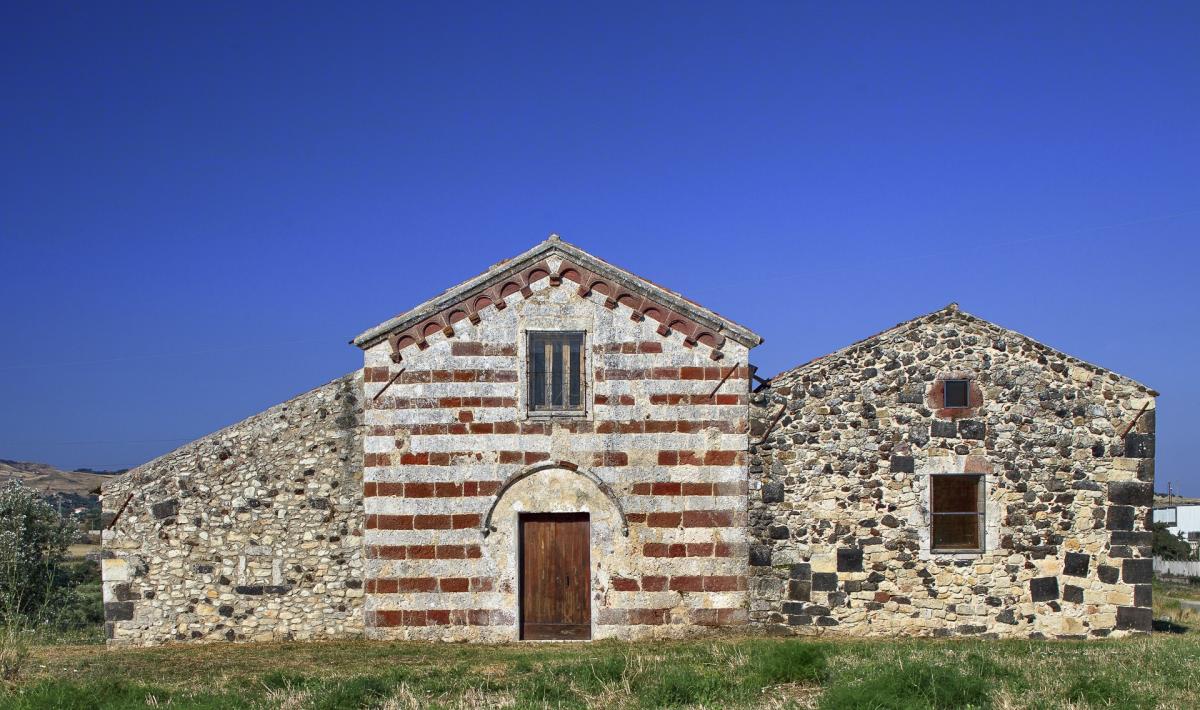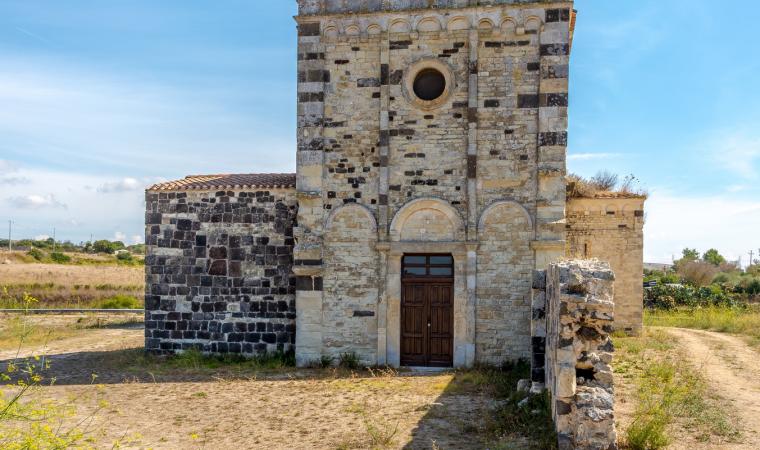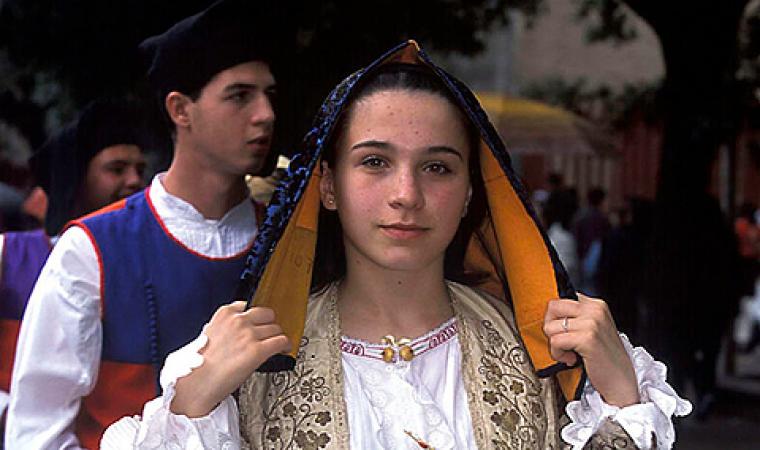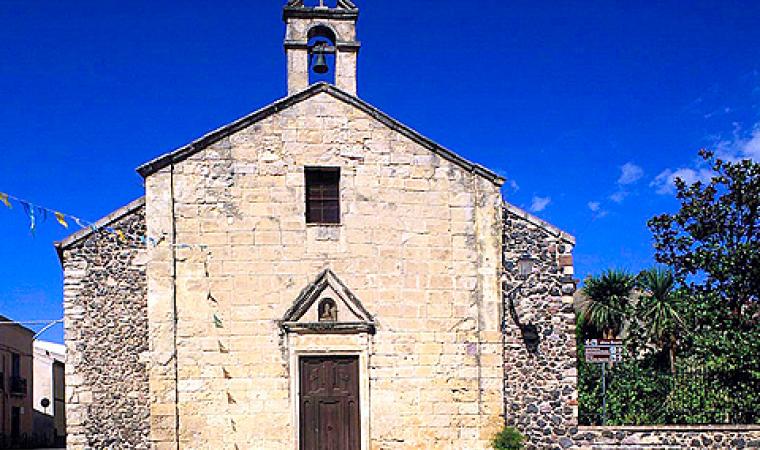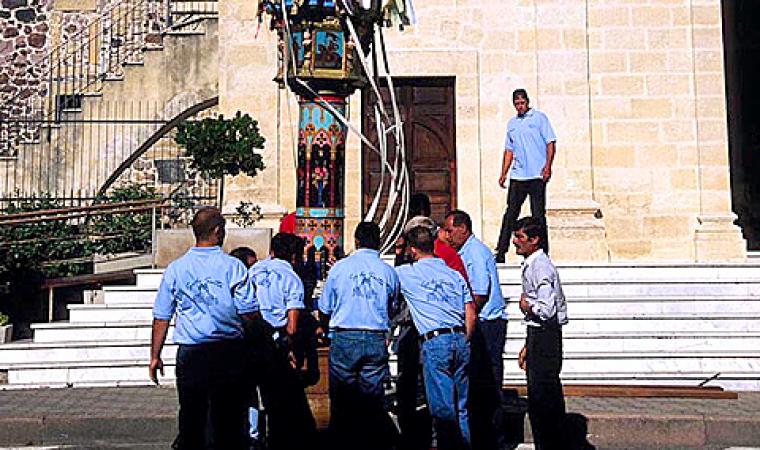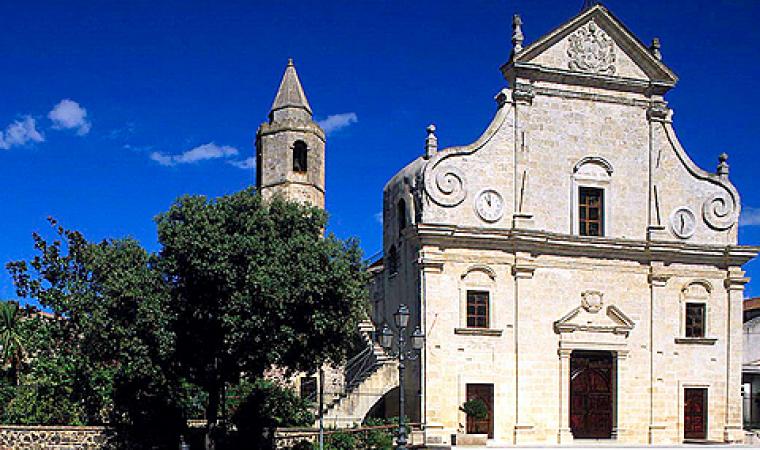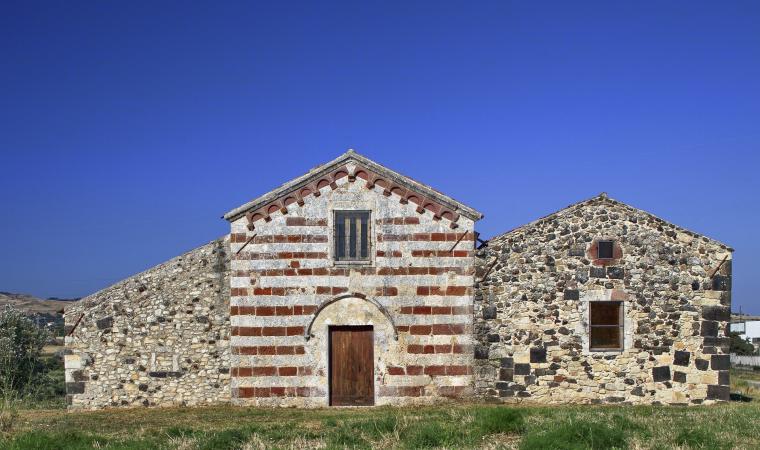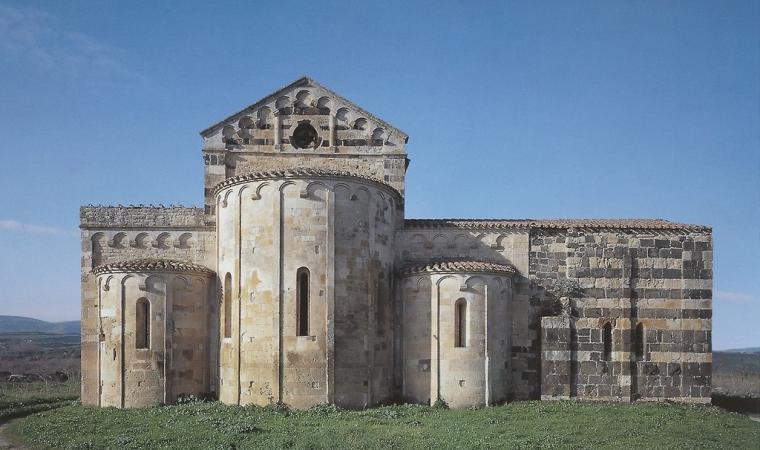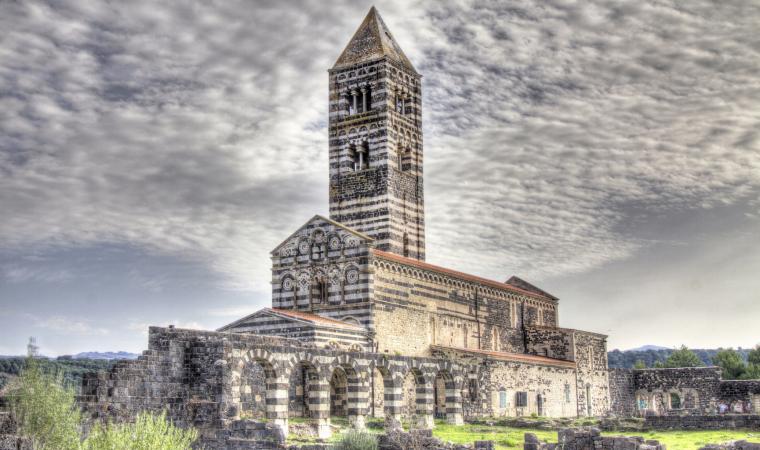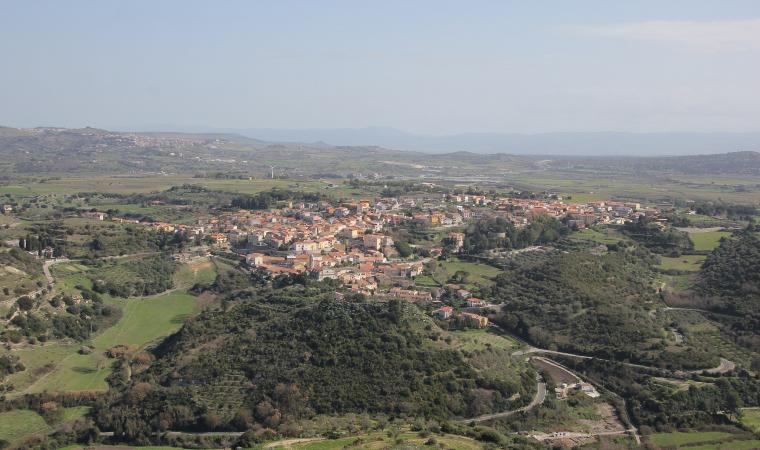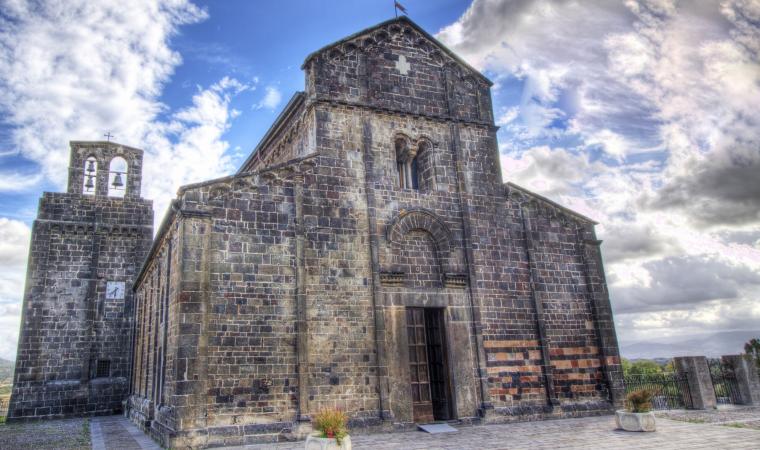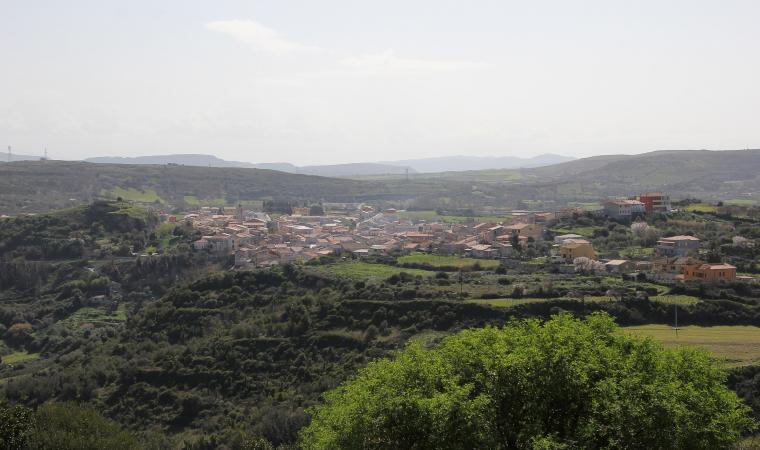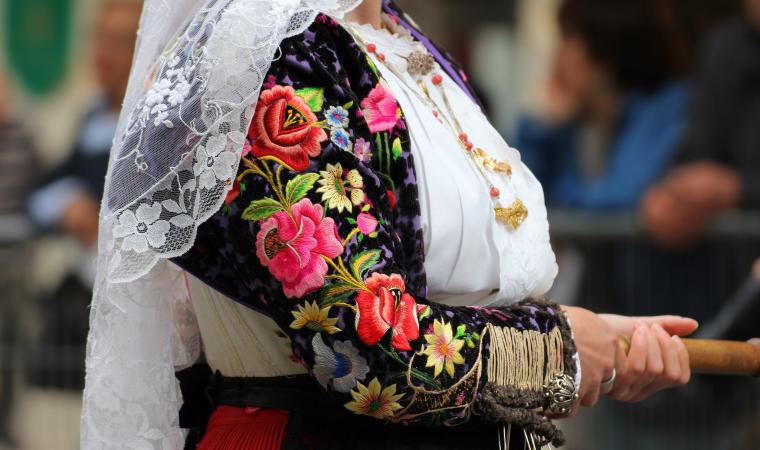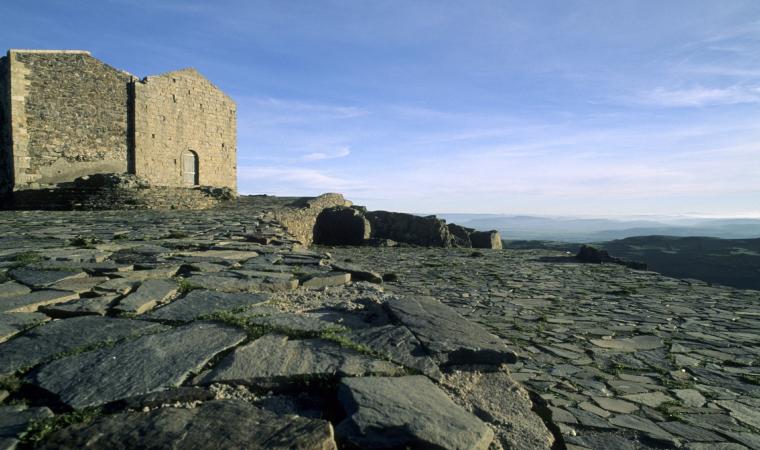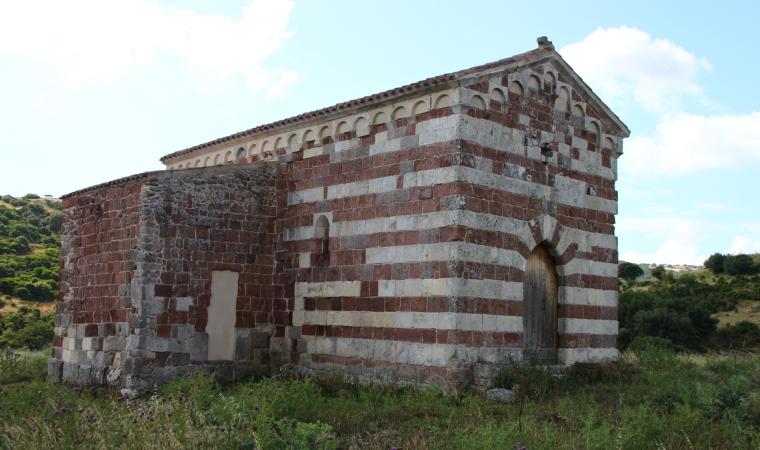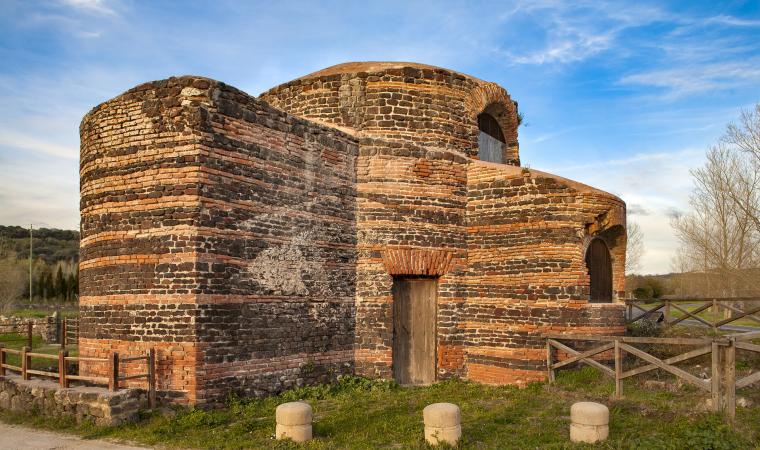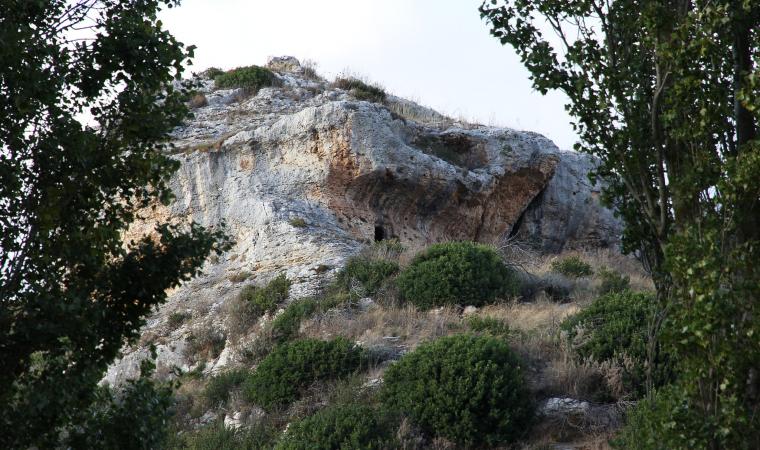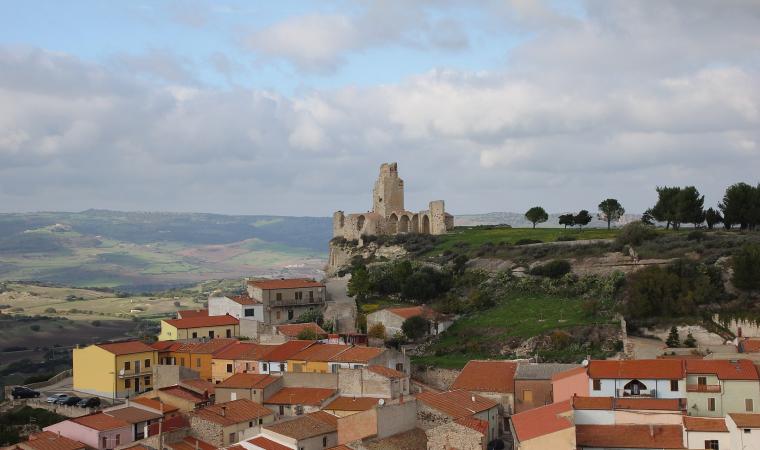Located at an altitude of over 400 metres on the slopes of an extinct volcano, Monte San Matteo, where one of its many places of worship stands. Ploaghe is a village in the Logudoro region with fewer than fifty thousand inhabitants, an episcopal see from 1090 to 1503 and a curatorial administrative centre in the Giudicale period. In the old town centre, there are the signs of a glorious past. Looking out onto a square, there is the Town Hall, once Monte Granatico, and an impressive Christian complex, in which the main building is the parish church of San Pietro Apostolo. The former cathedral, dating back to the 15th century, was refurbished several times. Then there are the oratories of Santa Croce (16th century) and of the Rosario (18th century) and the parsonage, where the art gallery is located and contains the Quadreria Spano: 26 paintings dating back to a period between the 14th and 19th centuries, collected by the scholar Giovanni Spano, including works of famous artists working in Sardinia or from various Italian regions, Flanders and Spain. The parish archives contain rare manuscripts, books and ancient documents.
Not far from here, there is the monumental cemetery, the first one built on the island following the edict of Saint Cloud: inside it, the writing on the tombstones is in the Logudoro language. The other churches in the village are Valverde, Cristo Re, San Sebastiano and San Timoteo. Just outside the village, are the church and convent of Sant'Antonio da Padova, built in the mid-17th century. Two kilometres away, you will find the medieval village of Salvennor, with the church of San Michele di Salvennor, built at the end of the 11th century, abbey see of the Benedictine monks who also established their monastery there. Built with white limestone and black volcanic stones, its characteristics are similar to those of the nearby Santissima Trinità di Saccargia. Workers from the former village parish of Sant'Antonio di Salvennor worked on its construction. Various celebrations are linked to the churches: from the Fires of Sant'Antonio Abate in mid-January to Holy Week, from Sant'Antonio da Padova in June to the Vergine Addolorata in September and that of the patron saint San Pietro, with processions, parades in traditional dress, folk exhibitions and traditional music. For the 15 August Ferragosto celebrations, you can enjoy local specialities during the feast of the sheep.
In the territory of Ploaghe, there are over 70 settlements from the Nuragic age. Those that stand out include the Nuraghe don Micheli, with its tower that has a twelve-metre diameter and inside which artefacts from a period between the 15th and 9th centuries BC have been found, the Tomb of Giants of Fiorosu, which has a 16-metre long corridor covered in slabs, and the sacred font of Frades Mareos, built with blocks of trachyte and with a paved passageway that leads to the circular tholos room, where the vein of water is enclosed.

